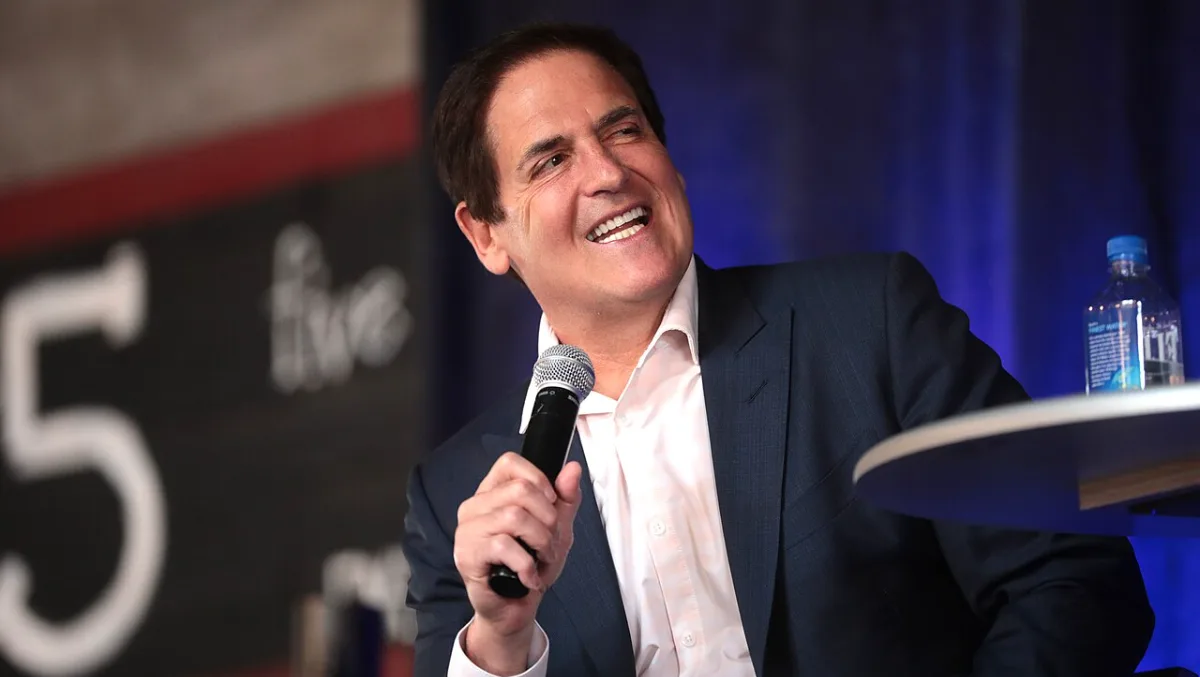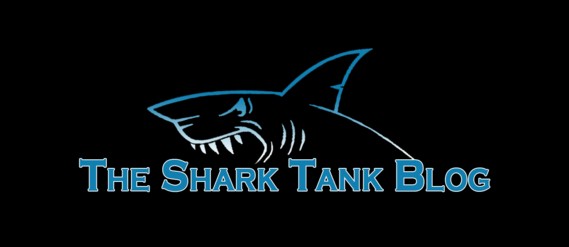
Mark Cuban is known for a lot of things, and being a spendthrift is not one of them. After a few drinks, most people might end up with an unnecessary online order or an embarrassing text they wish they could unsend. Mark Cuban’s impulse went in a whole other direction.
He spent six figures on a lifetime flight pass, turning a spontaneous decision into one of the boldest purchases of his life.
Mark Cuban’s Lifetime Flight Pass
Mark Cuban was 32 and fresh off a major win in 1990. He’d just sold his software company, MicroSolutions, to CompuServe for $6 million. Riding that high, he went out celebrating with his friends and, as he put it, “got destroyed.”
At some point, they asked what he was going to do with all that money. Cuban didn’t have much interest in flashy cars or big houses. What he really wanted was something that would make his frequent business travel a lot easier.
Cuban wasn’t even sure if lifetime flight passes were a real thing, but that didn’t stop him. He picked up the phone, called American Airlines, and decided to find out for himself.
He described the moment saying, “I called them up and just slurred my words, ‘Do you guys sell lifetime passes?”
Mark Cuban then added, “I got all that information, hungover as hell, and I signed up. Initially, it was $125,000, and then I upgraded it. I forget how much I paid, but it gave me almost unlimited miles for me and somebody else for the rest of my life.”
After getting the AAirpass, Cuban turned it into something of a shared adventure. He loved inviting friends along on spur-of-the-moment trips, often deciding on a destination right then and there. Later, he handed the pass down to his father. When his father passed away, he chose to give it to a friend.
How Mark Cuban Got a $125,000 Ticket to Infinite Flights
In the early 80s, American Airlines rolled out something unusual called the AAirpass. It was a membership that let buyers fly first class as often as they wanted for the rest of their lives. The price was based on how old they were at the time of purchasing the pass.
When Mark Cuban decided to get one in 1990, it cost him $125,000.
American Airlines introduced a new program called Airpass to take the place of the old AAirpass in 1994. This updated program gave frequent business travelers access to flights at set rates.
The airline eventually ended new sign-ups and renewals in late 2022. And by March 2024, it had officially discontinued the unlimited travel benefits.
Mark Cuban Reimagines His Lifetime Flight Pass in the Crypto Era
Years down the line, Cuban was asked to revisit the idea of the lifetime flight deal that once caught his attention. The question wasn’t about the travel itself, but whether he’d consider buying something like that today if it could be paid for with cryptocurrency.
Mark replied, saying, “It wouldn’t matter; the cost is the same. The marginal cost would be cheaper with stablecoins. But it would depend on what the stable coins were earning vs a money market.”
For context, Stablecoins are a kind of cryptocurrency that stay steady in value because they’re tied to traditional money like the U.S. dollar. Popular examples include Circle’s USDC and Tether’s USDT, both of which are tied directly to the dollar so that one token is always worth about one USD.
Marginal cost in finance is the extra cost or trade-off that comes with choosing one option instead of another. Cuban used this concept to explain why paying with stablecoins could be more efficient.
Digital currencies can generate returns through decentralized finance or crypto-based savings accounts, while regular cash in the bank tends to sit idle.
If your stablecoins are bringing in a higher return than something like a money market fund, spending them costs you less in the long run. This, in turn, means your money effectively goes further.
CoinGecko data shows the stablecoin sector is still thriving. It is valued at roughly $312 billion worldwide and sees more than $135 billion traded each day.
Tether (USDT) holds the largest share at about $183 billion in market value. USD Coin (USDC) is next at around $76 billion, and Ethena’s USDe is growing quickly toward the $10 billion mark.
How Cuban’s Flight Story Connects to the Future of Money
Cuban’s modern spin on his old flight pass says a lot about where his head is today. He’s still chasing efficiency, only now it’s through crypto instead of airline miles. If digital assets can earn more than cash sitting in a bank, they’re essentially a smarter way to think about value.
It’s a reminder that Cuban has always been ahead of the curve, from betting on early tech to exploring crypto’s role in modern finance.


















